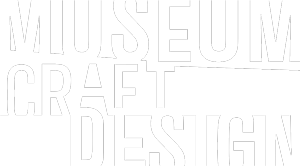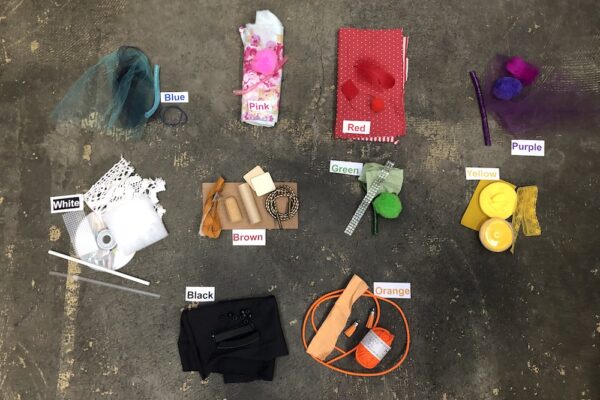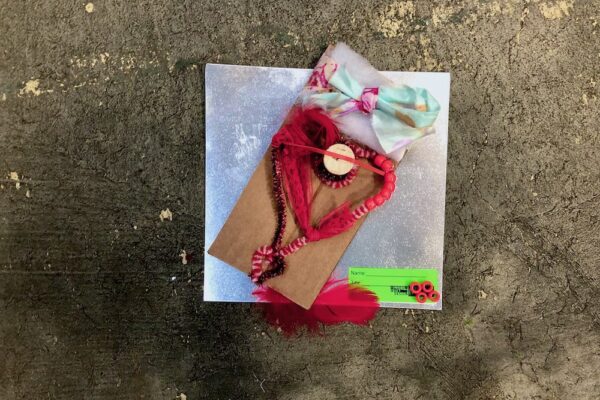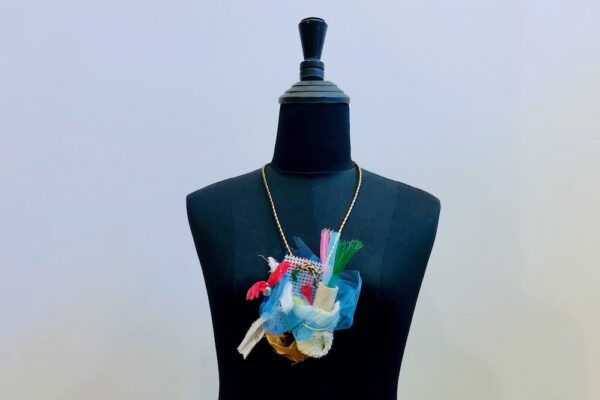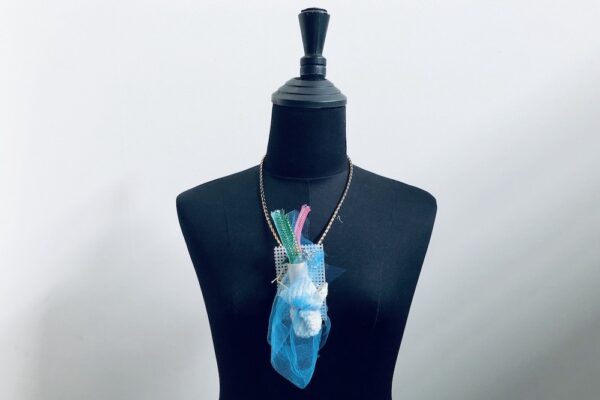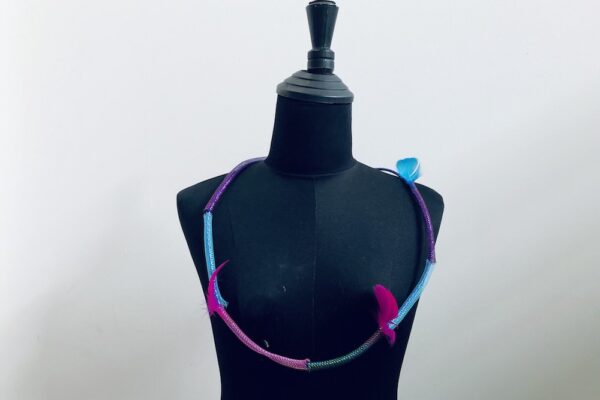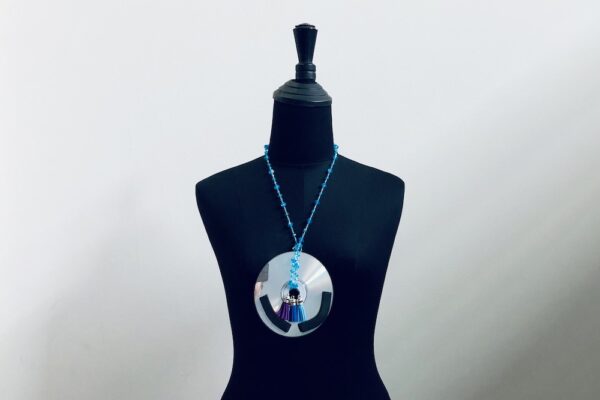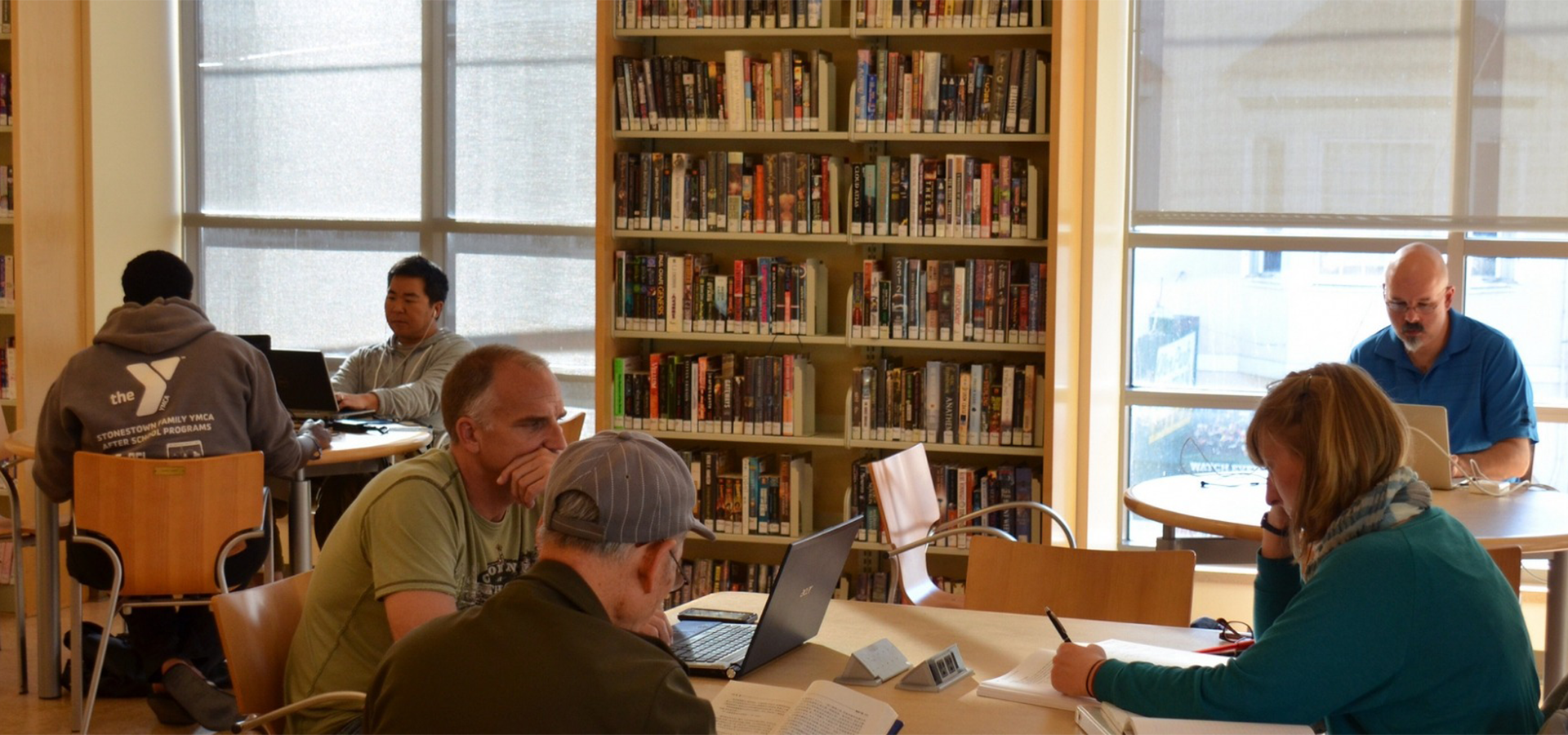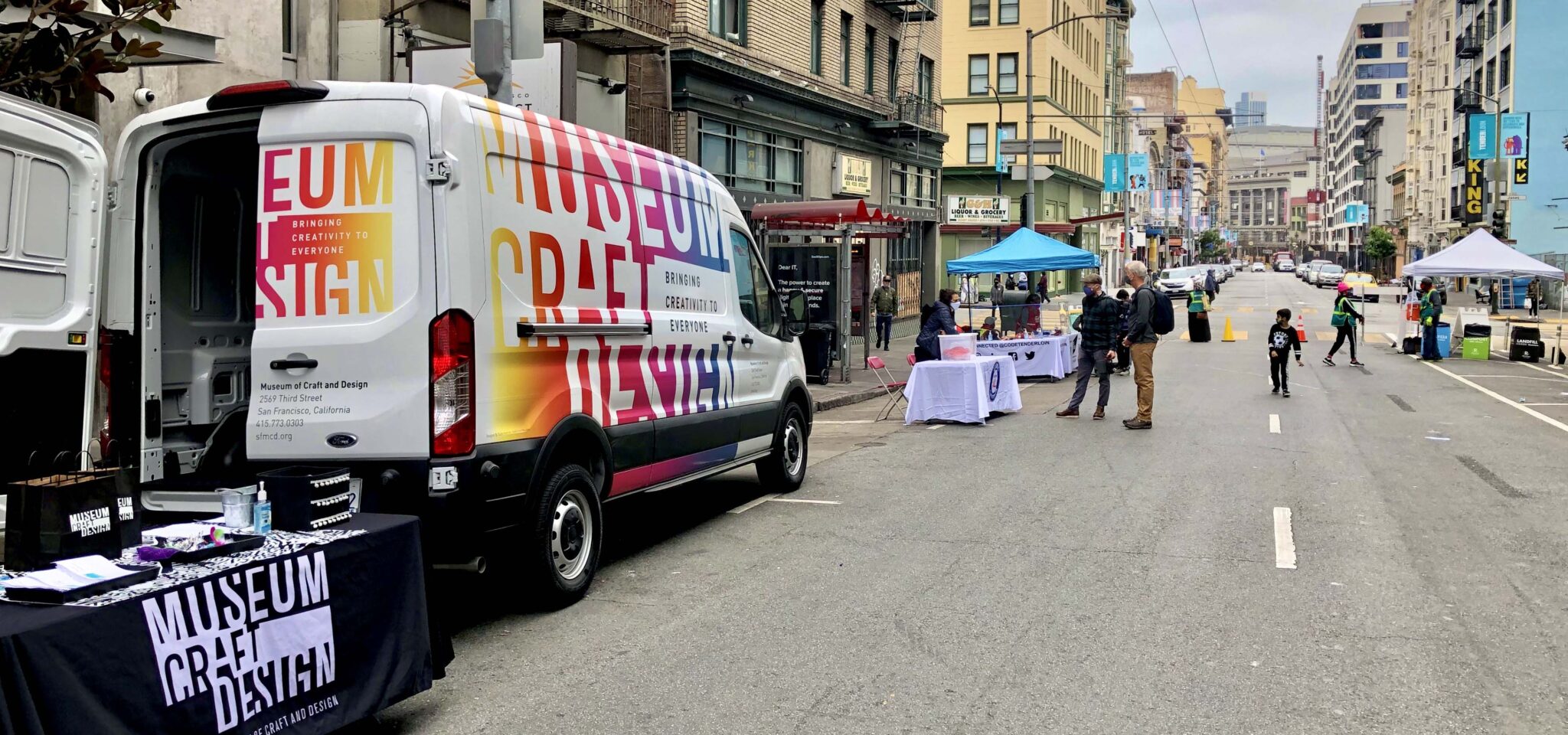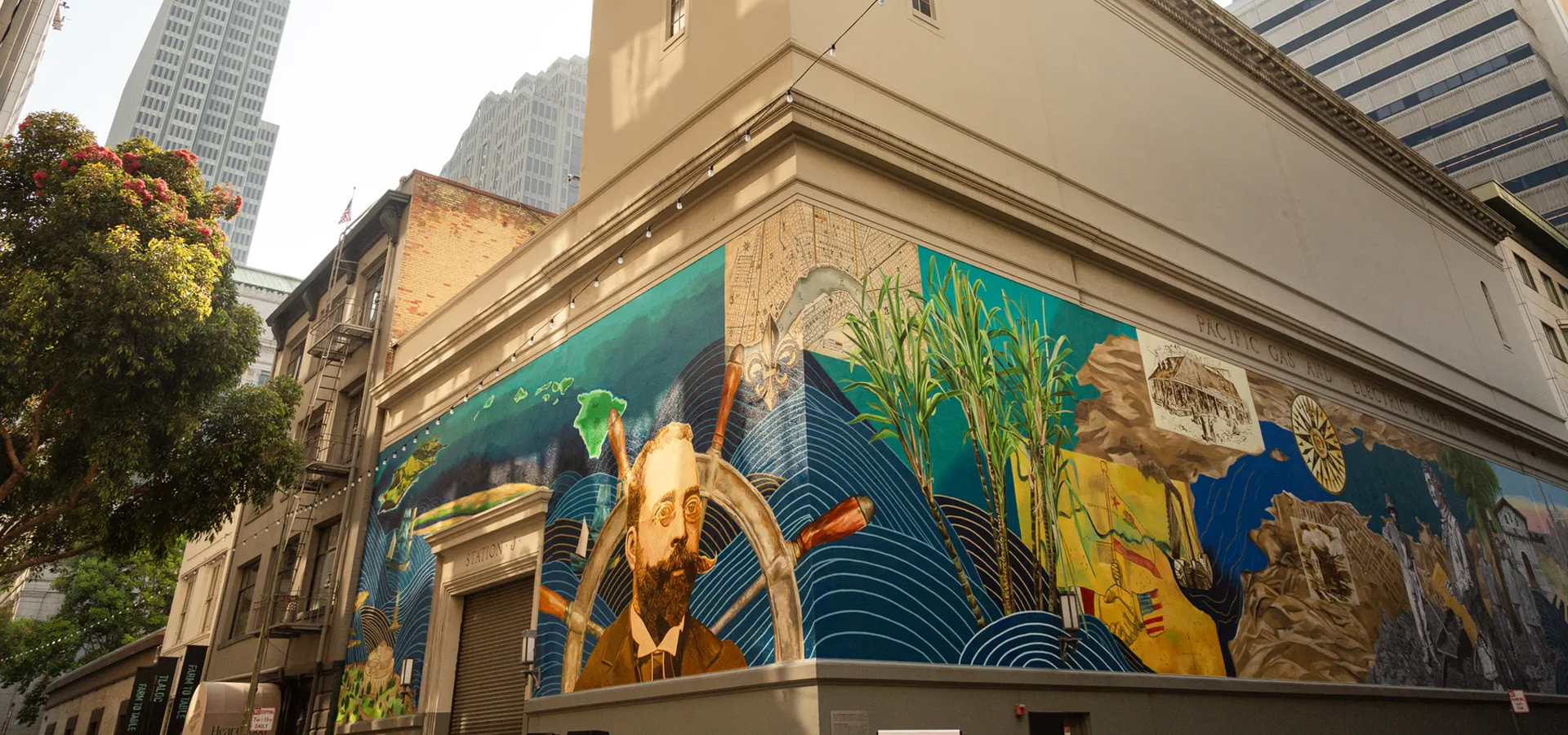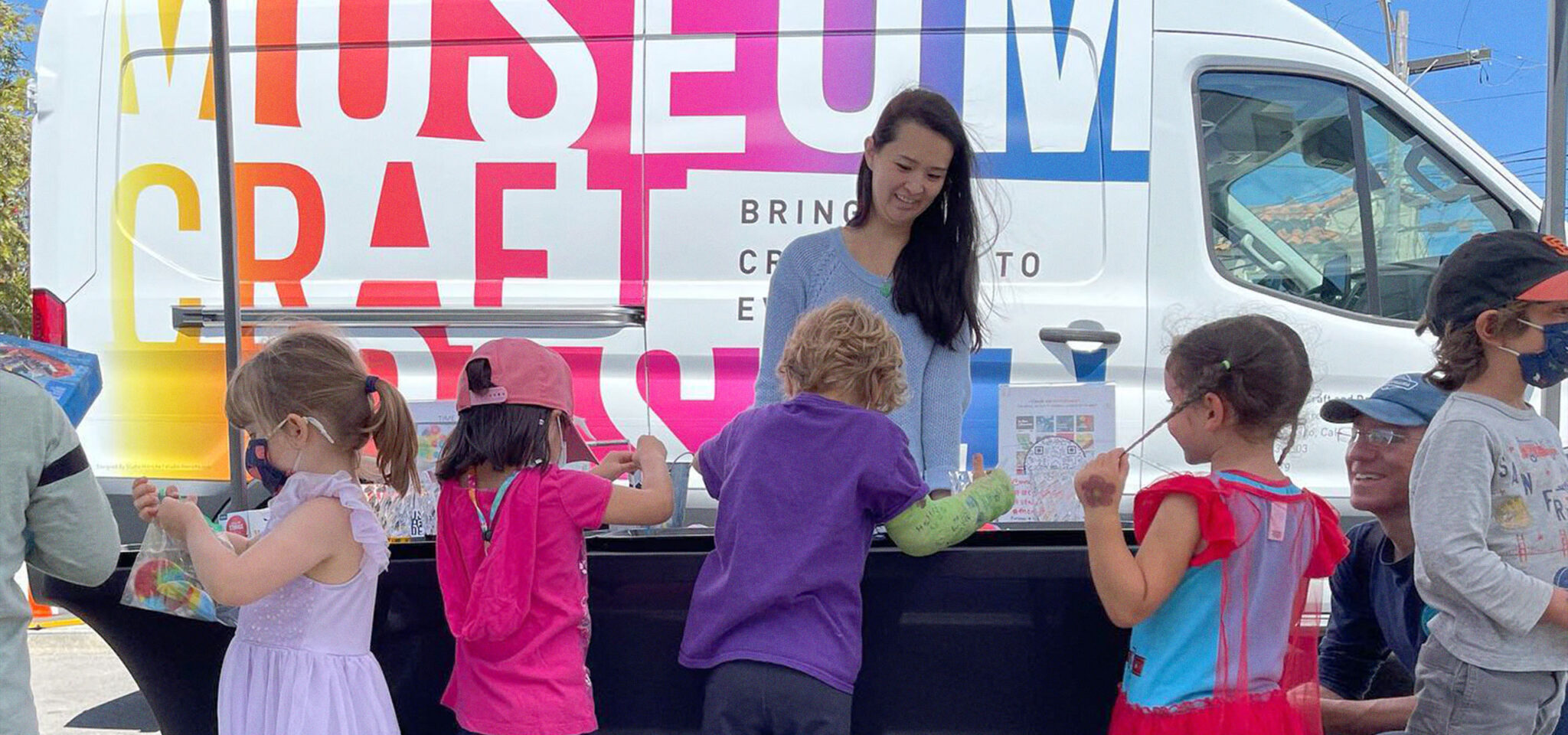Visible Transparency Design Challenge
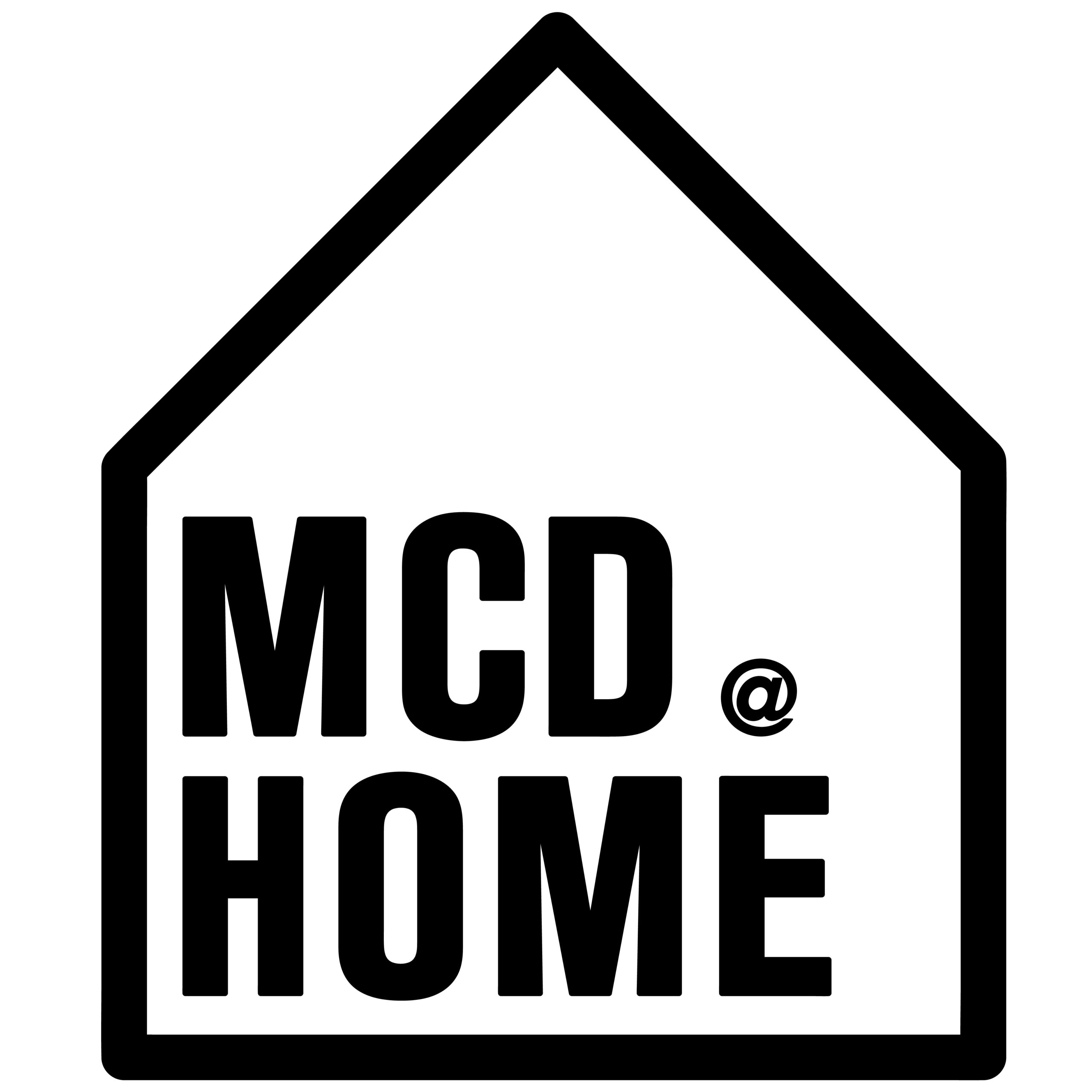
Sponsored by
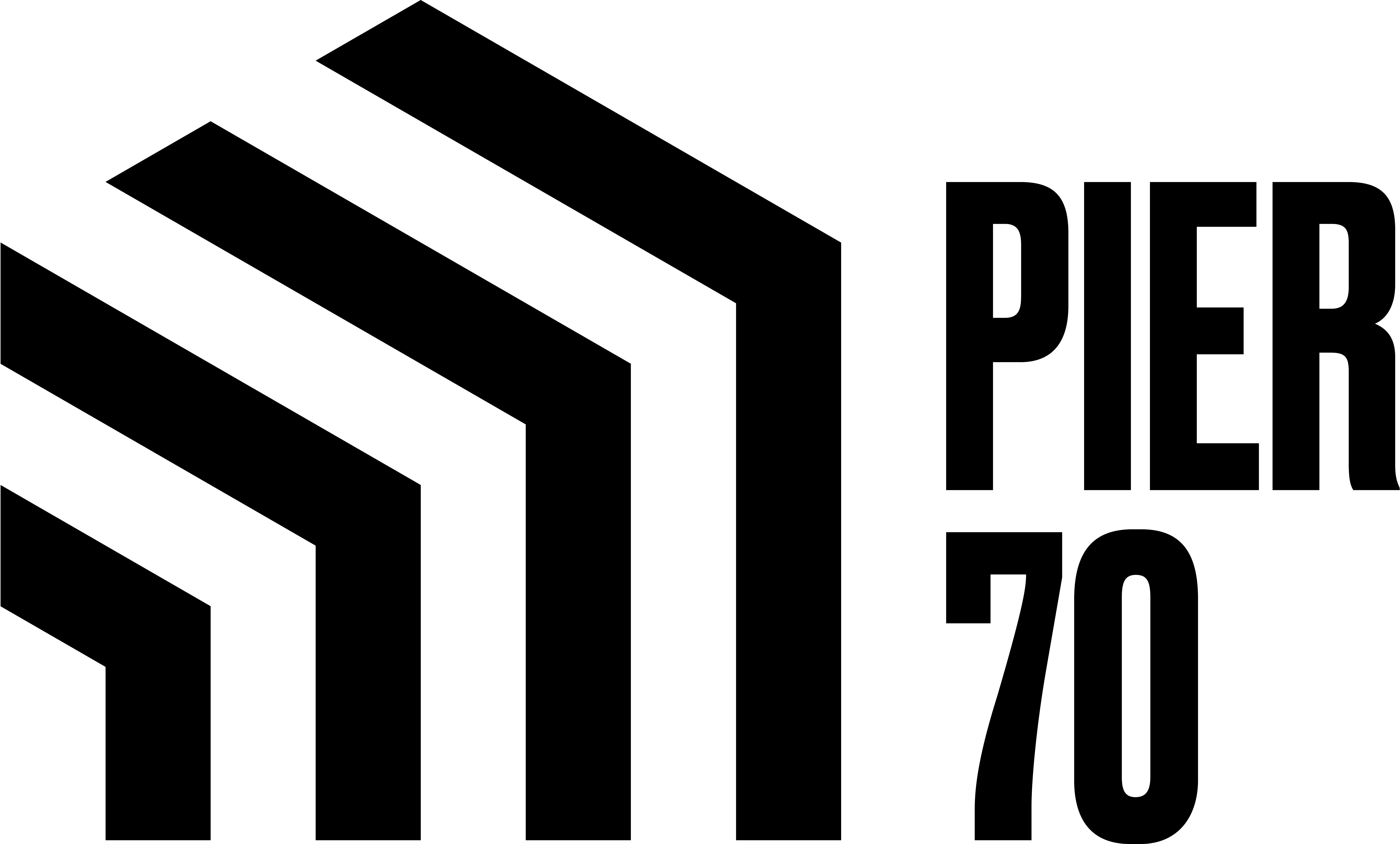
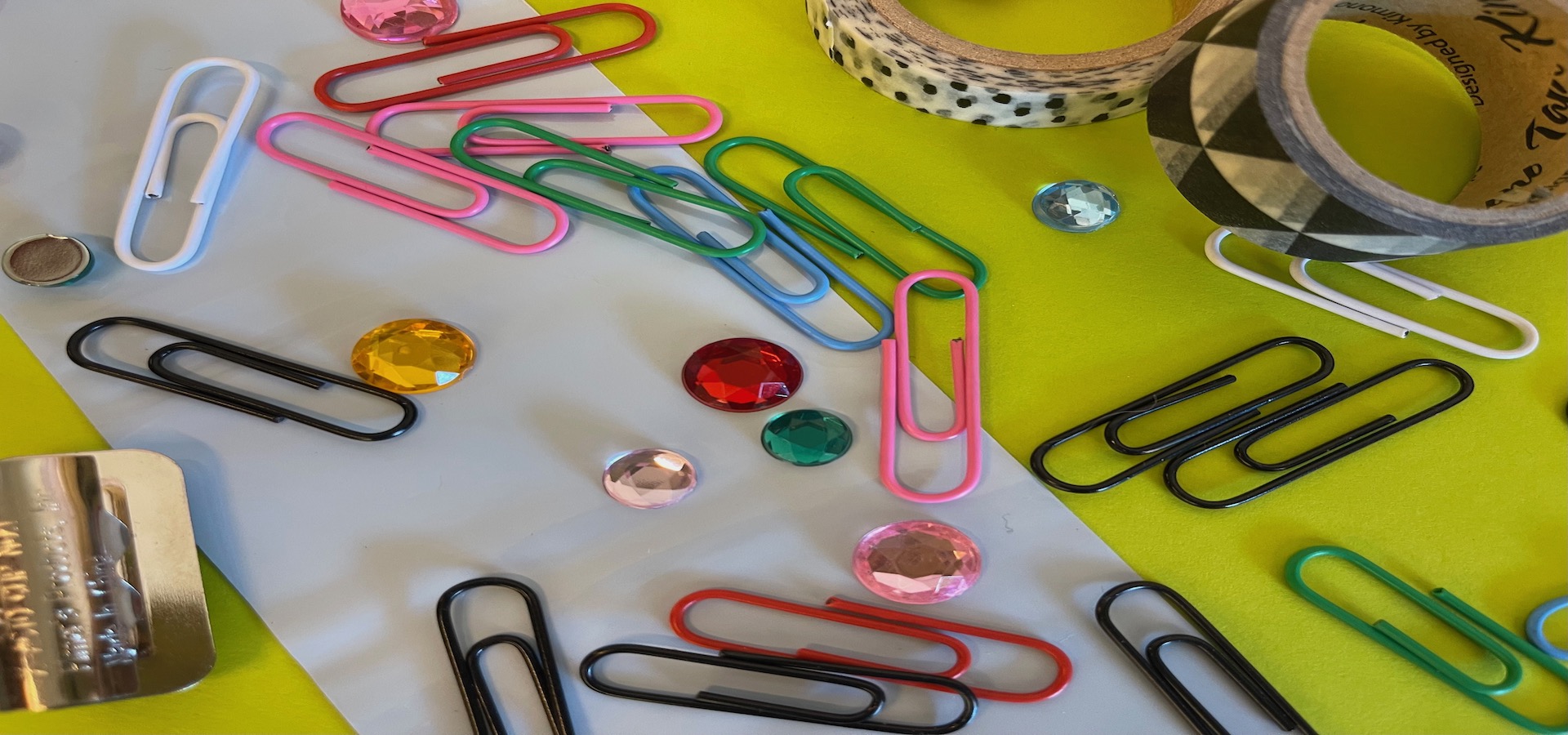
RECOMMENDED AGE LEVEL
Recommended for ages 5 and up with adult supervision.
PROJECT DESCRIPTION
MCD is reimagining and redesigning its space to get ready for upcoming exhibitions. From an exhibition space designed to highlight the textile works of Mode Brut to one which best displays the works of Living with Scents and The Object in Its Place: As Designed by Ted Cohen, we’re transforming the same space to fulfill a new function. Lovingly named Visible Transparency, MCD seeks to demystify periods of exhibition transition and invites visitors to observe the process on-site!
The Education Department is re-organizing and cleaning up our workspace and repurposing materials for new projects and applications in 2022. Reflective of the materials we have on hand, this project revisits our signature design challenge and invites participants to prototype new designs from familiar materials.
Swing by the museum to pick up a Design Challenge MakeArt Kit or browse your own closets, recycling bins, craft supplies, sheds, and garages to find your own materials!
MATERIALS
(1+ of each category)
Metal elements: Washers, hex nuts, paper clips, metal brads, key chains, old keys, etc.
Tubes: Paper or plastic straws, pipes, paper towel rolls, etc.
Bendy objects: Pipe cleaners, wire, or twisty ties, etc.
Wood: Toothpicks, sticks/twigs, tongue depressors, popsicle sticks, etc.
Materials to tie: String, yarn, floss, twine, etc.
Textiles: Fabric, felt, pom poms, cotton balls, etc.
Elastics: Hair tie, rubber bands, elastic ribbon, etc.
Cylinders and spheres: Buttons, spools, bottle caps, corks, etc.
Containers: Tupperware, plastic lids and boxes, lids, clean food boxes, etc.
Paper products: Recycled cardboard, scratch paper, tissue paper, old magazines, etc.
Adhesives: Glue, tape, paste, etc
INSTRUCTIONS
- Explore the properties of your materials. Think about how the different materials relate to or differ from one another. Organize the design elements by:
- Color or pattern
- Texture
- Material type (fabric, paper/cardboard, plastic, rubber, etc.)
- Size
- Interest in the object
- Decide what kind of object you want to design.
- Something wearable (i.e. necklace)
- Something functional (i.e. basket)
- Something sentimental (i.e. valentine)
- Something sculptural (i.e. statue)
- Something structural (i.e. building)
- Something mobile (i.e. bicycle)
- Something entertaining (i.e. board or lawn game)
- Something functional (i.e. phone holder)
- Determine who you are designing for. Are you designing for yourself, friends, or family? How does who you design for affect your process?
- Define: Brainstorm 3-5 designs based on the function you chose for your object and what you know about the person who will receive it.
- Ideate: Write down or sketch your ideas to begin imagining the object’s form.
- Prototype: Intentionally combine materials to begin giving form to your ideas.
- How do the sizes, colors, and textures of the materials work together, or clash?
- How can different materials be connected to each other?
- How does the design change when you move materials around?
- TIP: You don’t have to use every material you collected in your design. How can you edit your piece to create more impact?
- Test: How well does the prototype work? Is it aesthetically pleasing? Test the design and record your observations or collect feedback from the person you’re designing for.
- EXAMPLE: When we brought our original necklace design to the subject, their feedback was for multiple simpler pieces as opposed to our original more complicated design. So we disassembled, went back to our design elements, and created three new necklace prototypes.
- Name the object. Take a photo or video and post it to social media. Tag #SFMCD, #VisibleTransparency, and #MCDatHome to share it with the museum.
CREATIVE PROMPTS FOR MORE
- Challenge a friend! Both you and a friend separately collect a set of materials and trade what you find to design something for each other.
- Write object types on slips of paper (i.e. function, wearable, sentimental, etc.) as well as customer types (i.e. parent, friend, boss, neighbor) and pull one of each out of a hat to challenge yourself to design something unexpected.
- Use the design process to solve a problem. Do you have a wobbly table or a window that lets a draft in? Prototype an object to craft a solution!
RELATED RESOURCES
- Can you tell what material each design element is made of, how it was made, and where it came from? Research the history of your materials. For example, learn the story behind corks, pipe cleaners, or tape!
- Convert your love for craft and design into a job. Keep your eyes open for exciting opportunities to join the MCD team!

